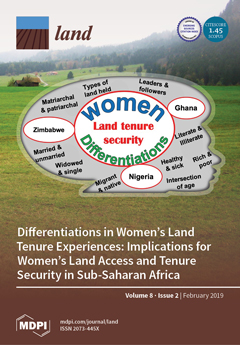Investigations of global warming potential (GWP) of semiarid cropping systems are needed to ascertain agriculture’s contributions to climate regulation services. This study sought to determine net GWP for three semiarid cropping systems under no-tillage management in the northern Great Plains of North America: spring wheat (
Triticum aestivum L.)—fallow (SW-F), continuous spring wheat (CSW) and spring wheat—safflower (
Carthamus tinctorius L.)—rye (
Secale cereale L.) (SW-S-R). Management records, coupled with published carbon dioxide (CO
2) emission estimates, were used to determine emissions from production inputs and field operations. Static chamber methodology was used to measure soil-atmosphere methane (CH
4) and nitrous oxide (N
2O) fluxes over a 3-year period and changes in profile soil organic carbon (SOC) stocks were determined over 18 years. Carbon dioxide emissions associated with production inputs and field operations were greatest for CSW, intermediate for SW-S-R and lowest for SW-F. All cropping systems were minor CH
4 sinks (≤0.5 kg CH
4-C ha
−1 yr
−1) and moderate N
2O sources (1.0 to 2.8 kg N
2O-N ha
−1 yr
−1). No differences in SOC stocks were observed among cropping systems (
P = 0.78), nor did SOC stocks change significantly from baseline conditions (
P = 0.82). Summing across factors, net GWP was positive for SW-F and CSW, implying net greenhouse gas (GHG) emission to the atmosphere, while net GWP for SW-S-R was negative, implying net GHG uptake. Net GWP, however, did not differ among cropping systems (
P = 0.17). Management practices that concurrently improve N use efficiency and increase SOC stocks are needed for semiarid cropping systems to be net GHG sinks.
Full article





